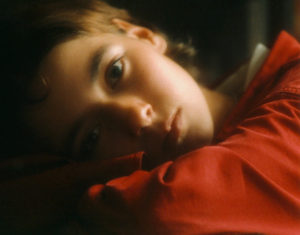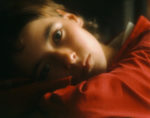Love of men for young girls remains so universal that it finds its way in popular music, despite the immense stigma attached to it by current morality. In the freer atmosphere of the 1960’s, it could be more easily expressed, as in the song “Younger Girl” by John Sebastian. CONTINUE READING / CONTINUER LA LECTURE…
Category: English
The Children’s Hour, by Henry Wadsworth Longfellow
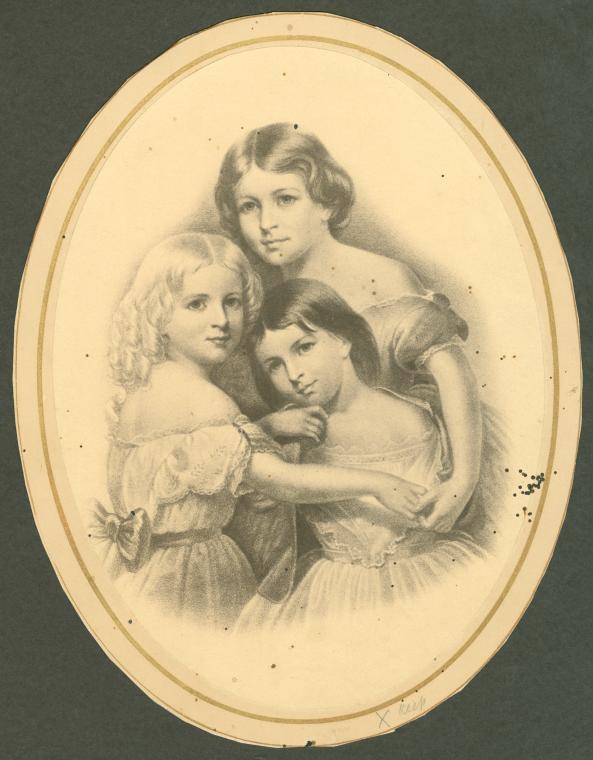
Henry Wadsworth Longfellow (born February 27, 1807; died March 24, 1882) was one of the most widely known and best-loved American poets of the 19th century. In July 1843 he married his second wife Frances Appleton, and the couple had six children: Charles Appleton (1844–1893), Ernest Wadsworth (1845–1921), Fanny (1847–1848), Alice Mary (1850–1928), Edith (1853–1915), and Anne Allegra (1855–1934).
One of his most famous poems is The Children’s Hour, first published in the September 1860 edition of The Atlantic Monthly. The poet’s three small daughters, “grave Alice,” “laughing Allegra,” and “Edith with golden hair,” assault him by surprise; then “They almost devour me with kisses, / Their arms about me entwine,” and like a besieged citadel, he must surrender. CONTINUE READING / CONTINUER LA LECTURE…
Thank Heaven for Little Girls
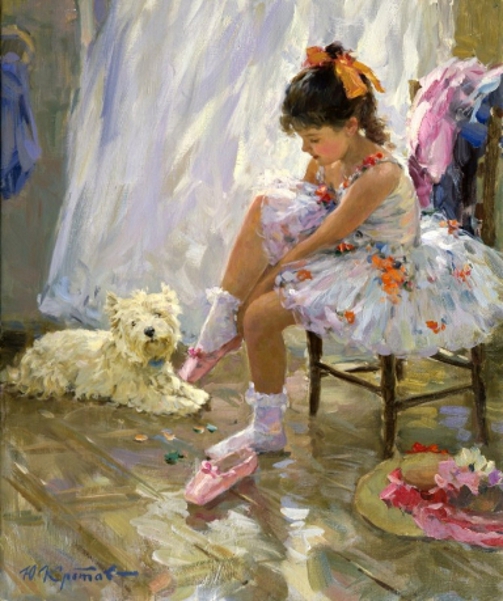
Gigi is a 1958 musical comedy film directed by Vincente Minnelli, based on the 1944 novella of the same name by the French writer Colette. The screenplay and the song lyrics were written by Alan Jay Lerner, while the music was composed by Frederick Loewe. It starts with Maurice Chevalier singing the song “Thank Heaven for Little Girls” and ends with a reprise of the same song by Maurice Chevalier with a studio chorus. Part of the charm of this performance comes from his typical French accent. Rather than the movie version, I prefer the following video of the song illustrated with pictures of little girls. CONTINUE READING / CONTINUER LA LECTURE…
The Village Street, attributed to Edgar Allan Poe
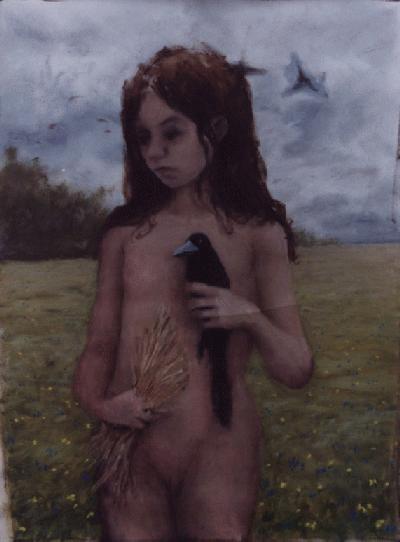
This poem is attributed to Poe, however it does not appear in the list given by The Edgar Allan Poe Society of Baltimore, so a doubt remains about its authorship. According to the Classic Literature Library, it was written or published around October 26, 1831. This site includes it in the category “Edgar Allan Poe Doubtful Poems.” CONTINUE READING / CONTINUER LA LECTURE…
Femmes damnées, by Aleister Crowley
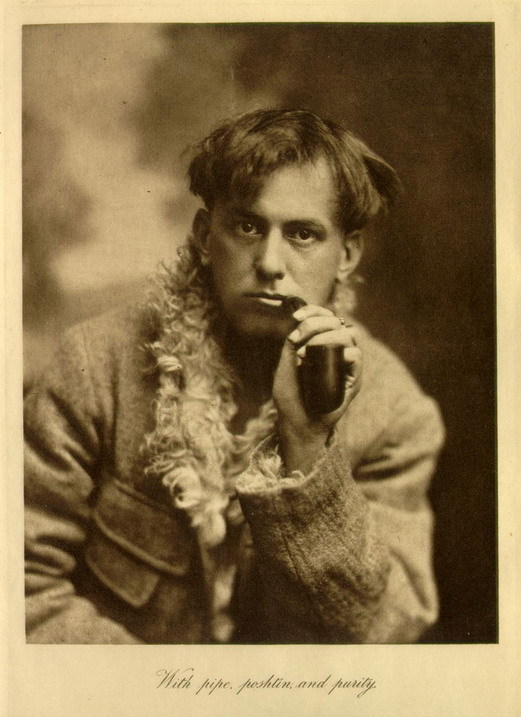
My third selection from Crowley’s collection Rodin in Rime (1907) belongs to the second section “Sonnets and Quatorzains,” whose poems have all 14 lines. Its French title “Femmes damnées” (translating as ‘doomed women’) comes from two poems in Les Fleurs du Mal by Charles Baudelaire, one of which (subtitled “Delphine et Hippolyte”) was banned by the French censorship between 1857 and 1949. CONTINUE READING / CONTINUER LA LECTURE…
Hey Schoolgirl (1957), by Tom and Jerry (Simon and Garfunkel)
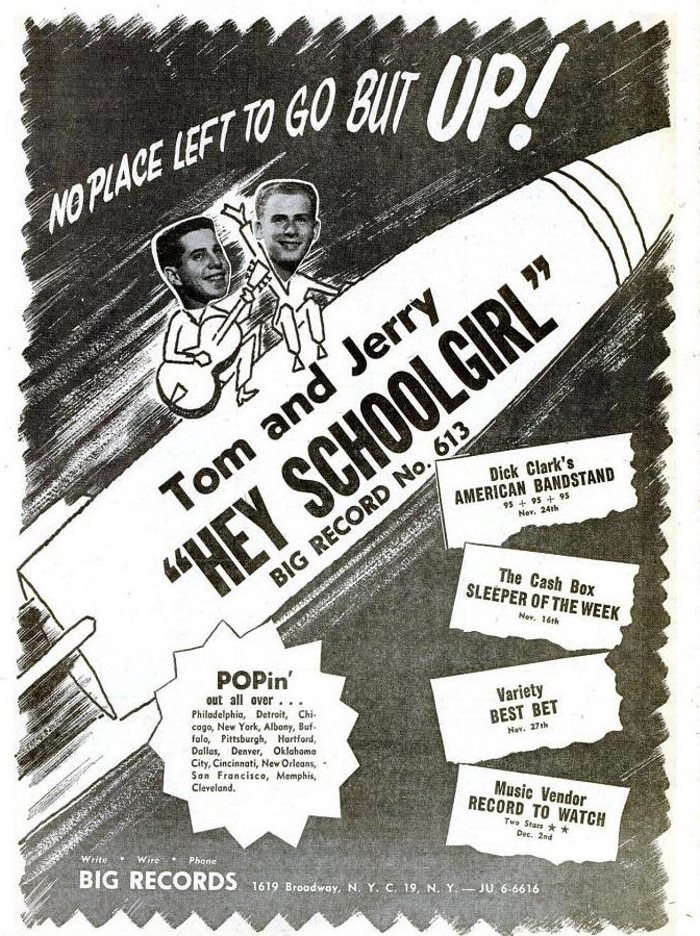
Paul Frederic Simon (born October 13, 1941) and Arthur Ira Garfunkel (born November 5, 1941) are known for their folk rock duo, with best-selling hits such as “The Sound of Silence” (1964), “Mrs. Robinson” (1968), “The Boxer” (1969), and “Bridge over Troubled Water” (1970). Their musical collaboration dates from high school, at age 15, but at that time they were practising rather traditional rock and roll. CONTINUE READING / CONTINUER LA LECTURE…
To Ianthe, by George Gordon Byron
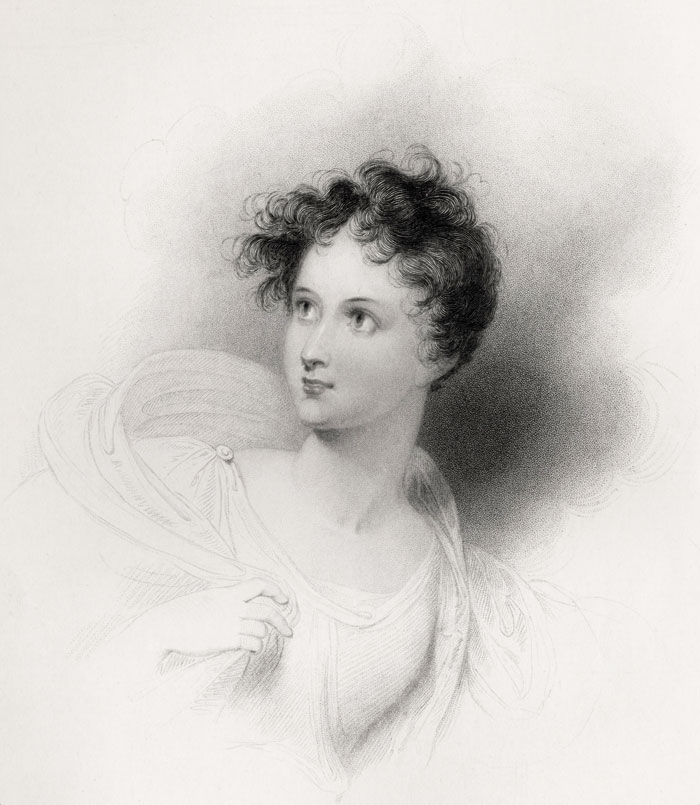
Lord Byron’s long poem Childe Harold’s Pilgrimage was published between 1812 and 1818, the first two Cantos in 1812, the third in 1816 and the fourth in 1818, and each edition added some new material. The seventh edition appeared on February 1, 1814, with nine poems added to the twenty already published, and a poem titled “To Ianthe” was prefixed to the First Canto. Written in the autumn of 1812, it was dedicated to Lady Charlotte Harley. CONTINUE READING / CONTINUER LA LECTURE…
L’éternel printemps, by Aleister Crowley
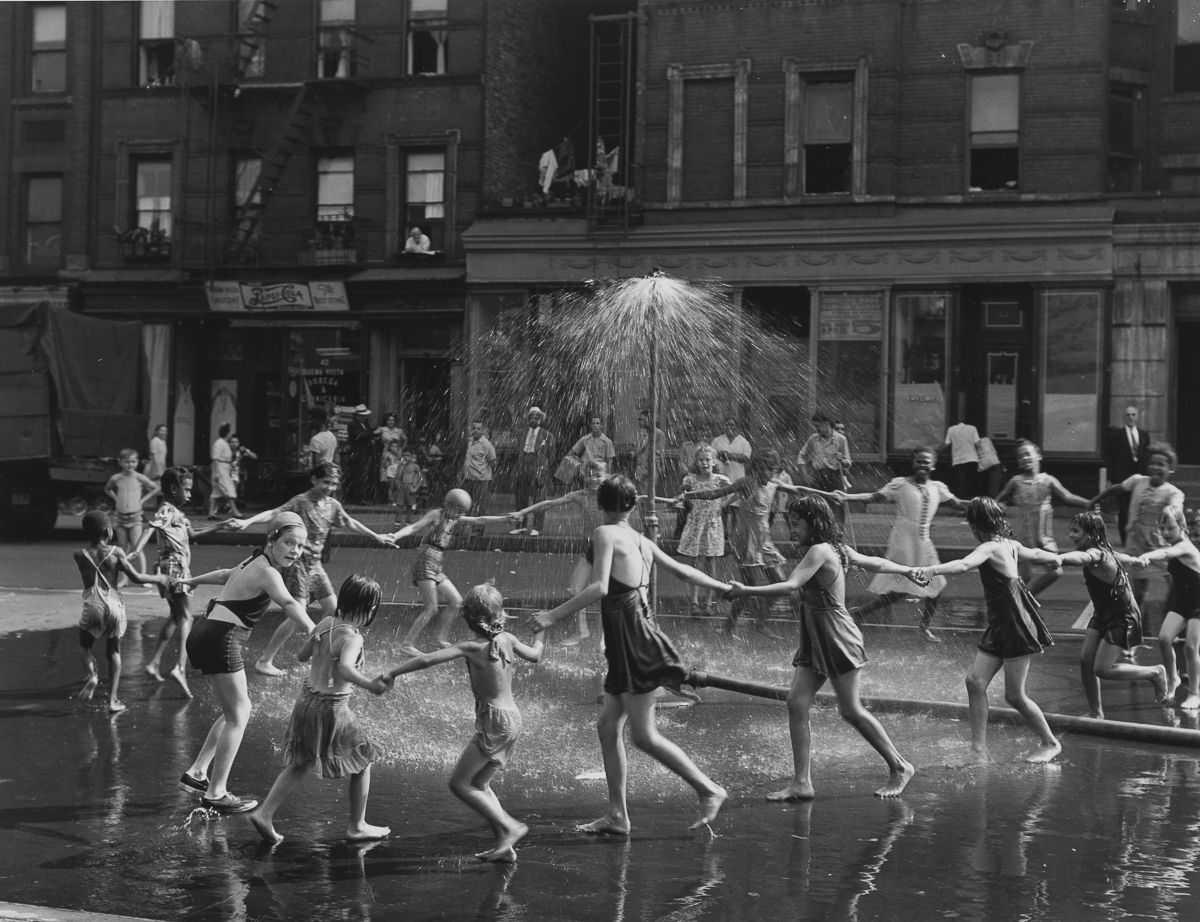
I present today a second poem from the section “Various Measures” in the collection of verses Rodin in Rime. Youth directly feel the truth of love and life by dancing and holding each other, while old people try to reach it by pondering. The poet says: roll back the wheel of time and rejoin youth. Yielding to the ecstasy of love and dance, all ages can be one with eternity. CONTINUE READING / CONTINUER LA LECTURE…
Janet Waking, by John Crowe Ransom
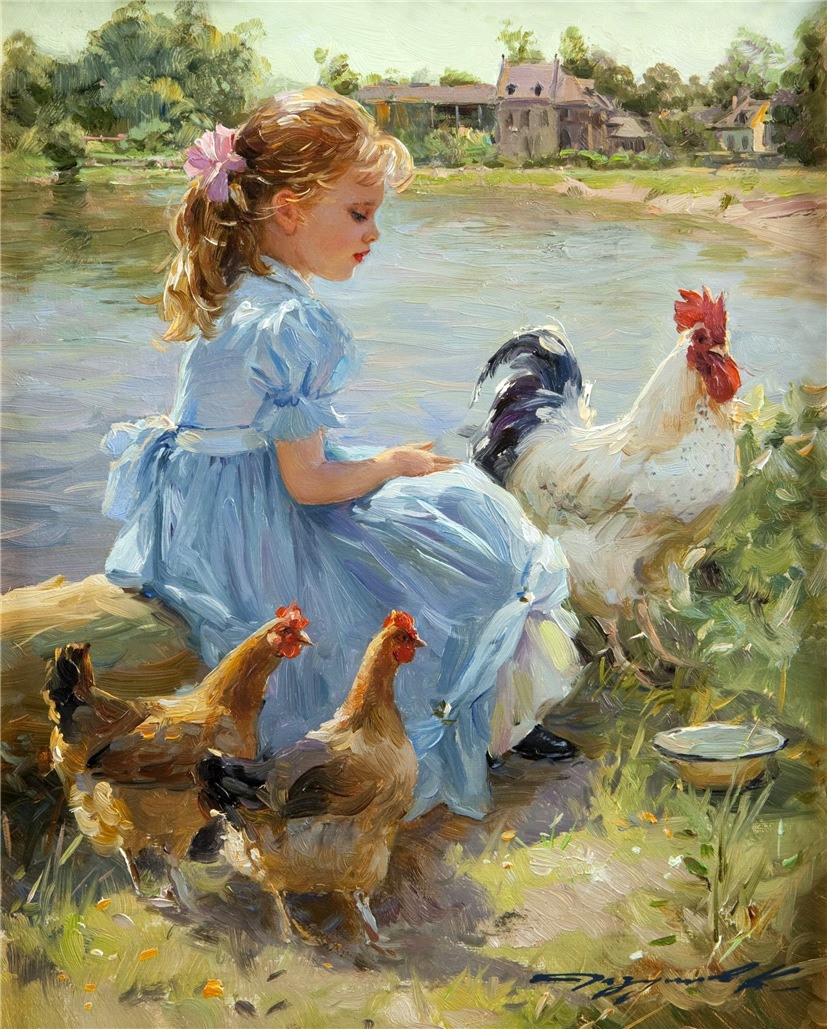
In this other well-known poem by Ransom, a little girl wakes up and finds that her hen has died, which causes her a great grief. The setting of this little childhood drama in a farm reflects the idyllic view of country life held by ‘Southern Agrarians’. CONTINUE READING / CONTINUER LA LECTURE…
Fragment, by Eric Stenbock
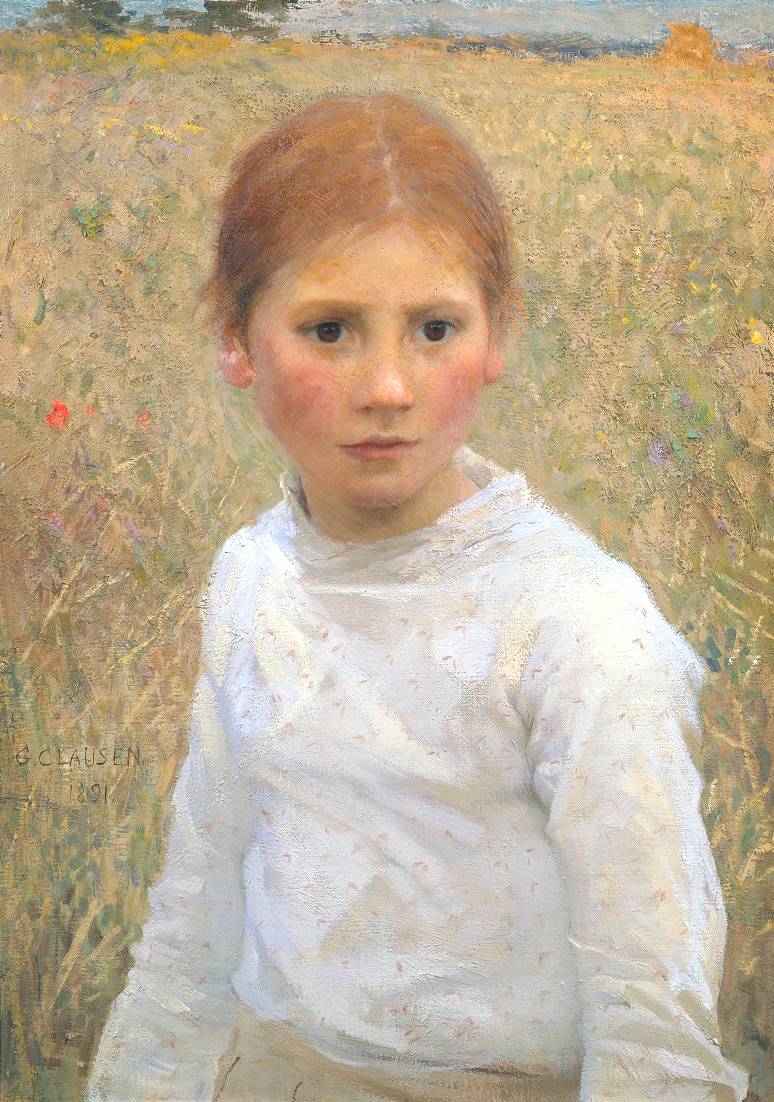
A sweet and tender poem addressed to a child, from The Shadow of Death (1893), the third collection of verses by Stenbock (available on Internet Archive). As in many poems of that collection, he stresses that spring is not for him. CONTINUE READING / CONTINUER LA LECTURE…
